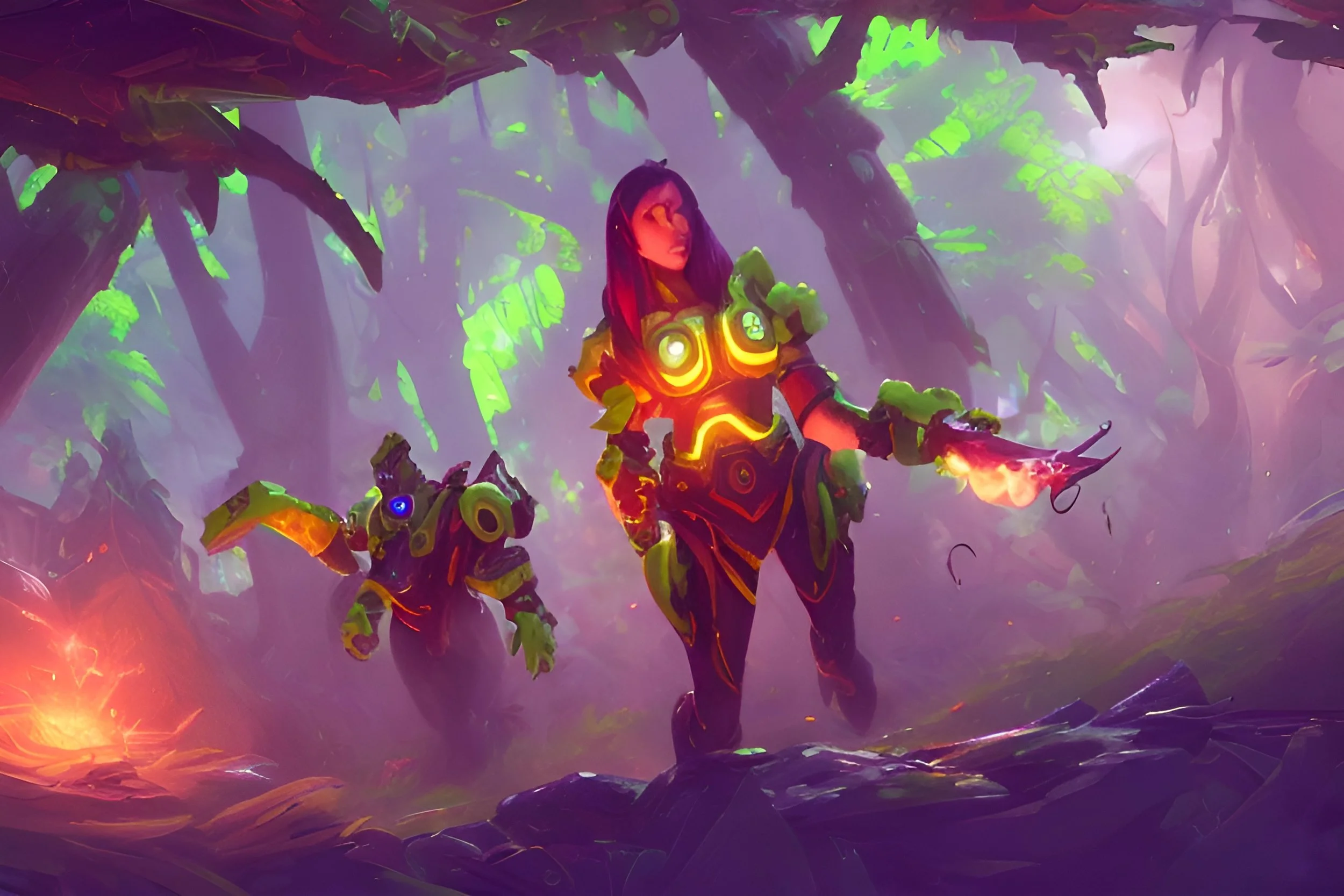Elder Orphans: A Hard Knock Life?
/We can learn from Jay-Z's point of view about the resilience and strength of the underdog when it comes to growing old on one’s own and on what it means to be an “elder orphan” in America. Being a solo ager is not rare and is even becoming the norm, especially for women. It’s not a stretch to think that older adults are more freaked out than usual about the possibility of being placed in a nursing home, given what we’ve lived through over the last three years - over 200,000 staff and residents in nursing facilities in the U.S. died, more than 23 times the death rate for people over 65 not in a nursing home. What's an elder orphan to make of that?
Read More













































